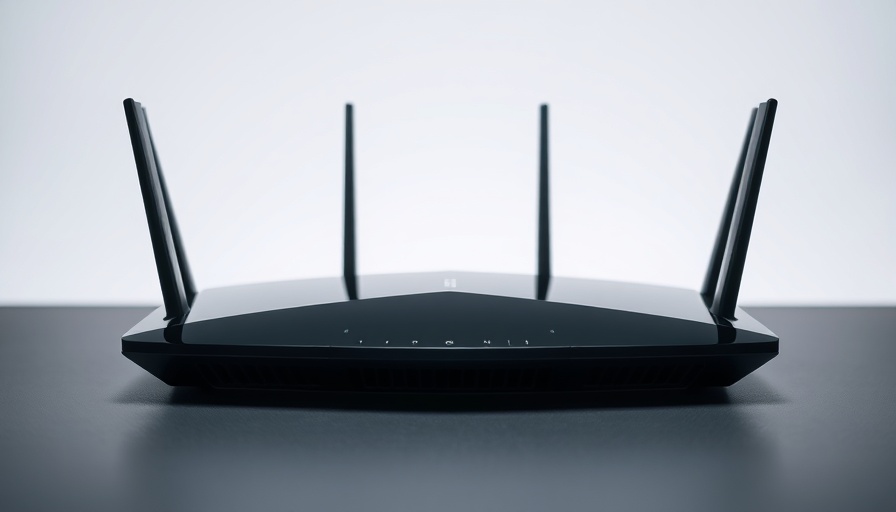
Understanding Internet Throttling: A Common Problem
In today's digital world, experiencing slow internet speeds can be frustrating, especially if you rely on internet connectivity for work, gaming, or streaming. Sometimes, the likely culprit of such frustrations is internet throttling, a practice that can occur even if it's technically against the law. Internet throttling happens when an Internet Service Provider (ISP) intentionally slows down your internet speeds based on various factors, including your data usage or the type of service you're accessing.
Recognizing the Signs of Throttling
How can you tell if your ISP is throttling your connection? Look for patterns—if your internet slows down significantly during peak hours (when many users are online), or if streaming services provide lower quality than usual, you could be 'throttled'. Running speed tests can help reveal inconsistencies in your connection. If you notice that your speeds drop dramatically when engaged in high-bandwidth activities like gaming or streaming, it may indicate throttling.
Quick Fixes Before Assuming Throttling
Before jumping to conclusions, consider troubleshooting basic issues on your end. Simple steps can make a world of difference:
- Restart your modem or router. This can often rectify temporary connectivity issues.
- Consider moving your router to a more central location in your home, as obstacles can weaken Wi-Fi signals.
- Switch between Wi-Fi bands; some routers provide 2.4 GHz and 5 GHz bands—using the right one can enhance performance.
If these adjustments do not yield improvements, it may be time to consider hardware upgrades, like investing in a newer router that supports higher speeds, or even employing a mesh network to extend your coverage.
The Case for Choosing a VPN
If you're convinced throttling is happening, a Virtual Private Network (VPN) could be your best defense. A VPN encrypts your data and can prevent ISPs from monitoring your online activities, effectively stopping them from throttling your internet based on usage patterns. While it may incur some cost, the benefits of enhanced privacy and potentially faster performance can make it worth considering, especially for heavy users.
Making Sense of Local vs. Global Internet Trends
Internet experiences can vastly differ depending on location, with rural areas often facing more severe throttling and slower speeds due to less competition among ISPs. Understanding these regional disparities can inform your choices when selecting an internet provider. Knowing how local ISPs operate—and if throttling is a recognized issue in your area—can empower you to negotiate for better service.
Taking Action Against Poor Internet Service
If you suspect your ISP is not adhering to fair practices, consider reaching out to them for clarification. File complaints with consumer protection agencies if necessary, and keep in mind that community regulators may influence ISPs to improve their services. In some cases, switching providers may be the most effective way to ensure you receive the speeds promised in your plan.
 Add Row
Add Row  Add
Add 




Write A Comment